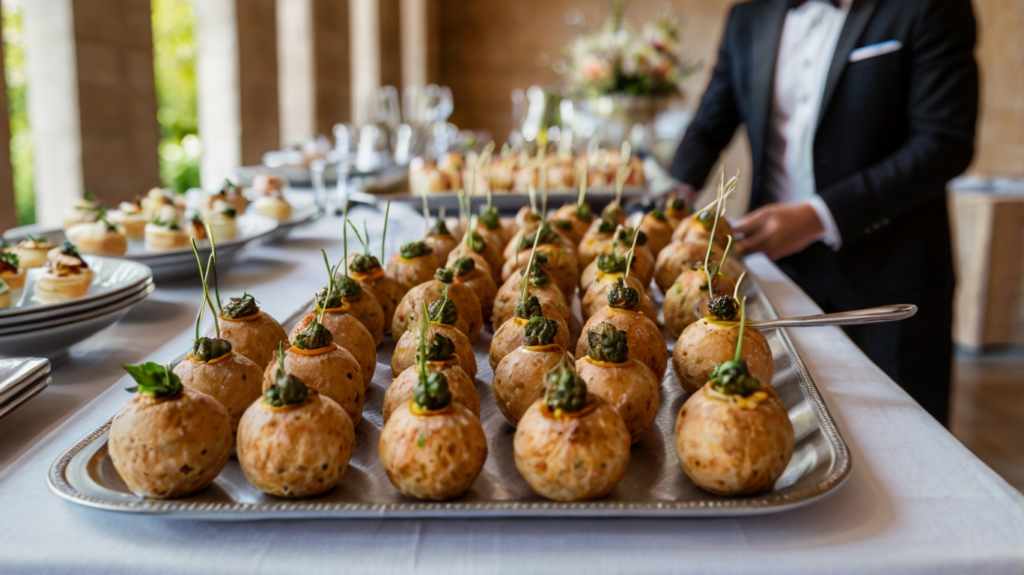Zuppa Inglese, loosely translated as English Soup, is an extremely popular Italian dessert found primarily in the Northern-Central regions of the peninsula – Tuscanny, Emilia-Romagna, the Marche and Umbria. Rich in ingredients, it’s similar to the traditional English trifle, but is nearly always home-made!
Sitting in a rustic restaurant in the hills outside the seaside town of Rimini, enjoying the conversation that flows after a hearty meal, our dinner companion – an Irishman – asked with a puzzled air, ‘but why is it called zuppa inglese?’ There seemed to be a consensus around the table – including the restaurant owner – that the dish had been developed in the immediate post-war period while allied forces were still billeted in the region. The theory goes that the dish was developed following instructions from English soldiers who wanted a little taste of home, and that the results tasted so good that the dish remained long after the troops had gone home.
It’s a nice and colourful anecdote, but sadly without foundation. If we consult Pellegrino Artusi, one of the first and most famous codifiers of Italian cooking traditions, we find a recipe for zuppa inglese in his book La Scienza in cucina e l’arte di mangiar bene – a book that was published in 1891, more than half-a-century before British troops with powdered custard rations reached Italian shores. Theories that delve back further include one that credits the recipes origins to France during the hundred years war, when the dish was named as a two-fingered salute to the English. This has little to recommend it as a theory, as there are no particular sources and the dish doesn’t appear as such in French cuisine of the period or through history.
More credible, but still without sources, is the suggestion that the dessert was created by a Florentine serving girl in Fiesole for an English family in the 1500s. One of the strongest claims to its invention lies with the town of Ferrara, which during the 1500s had a hugely rich court ruled over by the Este family, which had strong trading and diplomatic links with the Elizabethan court. One thing seems certain, that the recipe was influenced, through trade or diplomacy, by the British trifle – the first written account of which we get during the 1500s in a cookbook, The Good Huswife’s Jewell written by one Thomas Dawson. Influenced, perhaps, by the idea of the trifle, the dish though remains an intrinsically Italian one – despite its name and the use of ‘pan di spagna’ as an essential ingredient.
Let’s move, though, from the etymological and theoretical to the purely practica. How do you make a decent zuppa inglese? Ingredients:
For the sponge 6 eggs, 150 grms of sugar, some lemon or orange peel, 150grms of white flour, butter
For the cream topping 4 eggs, 4 egg yolks, 8 spoons of sugar, 4 spoons of flour, 1.5 litres of Milk, 200grms of icing sugar, Alkermes liqueur, Rum
To Make the sponge: Separate the egg white from the yolks. Beat the yolks in a mixing bowl, adding the sugar and beating until well mixed and smooth. Whip up the egg whites well, and gently start adding to your mixing bowl, mixing from the bottom of the bowl to the top to avoid ruining the consistency of the egg whites. Next start adding the flour gently, constantly mixing carefully. Get a baking tray with a high border (25cm) and pour in your mix and cook in a preheated oven at 160 degrees for about 40 minutes. Your sponge base (pan di spagna in Italian) should be light and delicate, so make sure that the oven temperature is correct and not too high. Leave to cool.
For the cream: Boil a half a litre of milk with a lemon rindt. In a mixing bowl add your four eggs, and four yolks, and mix together along with your sugar. Mix until the eggs have risen into a creamy froth. Gently start adding your flour, mixing all the while to keep the consistency. Add half a litre of cold milk, along with your boiled milk (removing the lemon rind) into the mix, constantly mixing. Add your mix back into the pan where you boiled your milk, and cook gently over a low flame, stirring constantly for about twenty minutes, after which your cream should have a thick consistency. Leave to cool, occasionaly stirring to avoid the forming of a skin on top.
Putting it all together: Cut the crust off the top of your sponge base, and then cut the base into strips (thin, the first time you do it – then afterwards according to your taste). At the same time, mix together your rum and alkermes together in a bowl (into which you’ll dip the sponge fingers). The amount you use is up to you, depending upon the sort of kick you want to give to the dessert! In an appropriately sized dessert bowl, add a thin layer of your cream. Then start soaking the sponge fingers in your alkermes rum brew, and place them in a layer over the cream. Add your next layer of cream, and sponge, and so on until you finish. That’s the basic recipe – variations include topping it all off with meringue, the addition of chocolate, or fruit.It’s a mixed up muddled up dish that lends itself perfectly to innovation. Enjoy!






